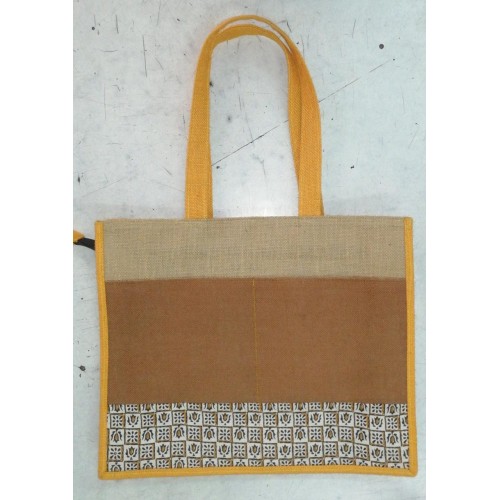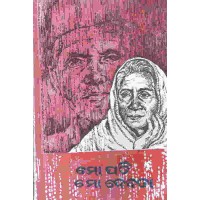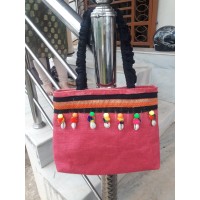
- Jute fiber is 100% bio-degradable and recyclable and thus environmentally friendly.
- Jute has low pesticide and fertilizer needs.
- It is a natural fiber with golden and silky shine and hence called The Golden Fiber.
- It is the cheapest vegetable fiber procured from the bast or skin of the plant's stem.
- It is the second most important vegetable fiber after cotton, in terms of usage, global consumption, production, and availability.
- It has high tensile strength, low extensibility, and ensures better breathability of fabrics. Therefore, jute is very suitable in agricultural commodity bulk packaging.
- It helps to make top quality industrial yarn, fabric, net, and sacks. It is one of the most versatile natural fibers that has been used in raw materials for packaging, textiles, non-textile, construction, and agricultural sectors. Bulking of yarn results in a reduced breaking tenacity and an increased breaking extensibility when blended as a ternary blend.
- The best source of jute in the world is the Bengal Delta Plain in the Ganges Delta, most of which is within the borders of Bangladesh.
- Advantages of jute include good insulating and antistatic properties, as well as having low thermal conductivity and a moderate moisture regain. Other advantages of jute include acoustic insulating properties and manufacture with no skin irritations.
- Jute can be blended with other fibers, both synthetic and natural, and accepts cellulosic dye classes such as natural, basic, vat, sulfur, reactive, and pigment dyes. As demand for natural comfort fibers increases, demand for jute and other natural fibers that can be blended with cotton will increase. To meet this demand, some manufactures in the natural fiber industry plan to modernize processing with the Rieter's Elitex system. Resulting jute/cotton yarns produce fabrics with a reduced cost of wet processing treatments. Jute can also be blended with wool. By treating jute with caustic soda, crimp, softness, pliability, and appearance is improved, aiding in its ability to be spun with wool. Liquid ammonia has a similar effect on jute, as well as the added characteristic of improving flame resistance when treated with flameproofing agents.
- Some noted disadvantages include poor drapability and crease resistance, brittleness, fiber shedding, and yellowing in sunlight. However, preparation of fabrics with castor oil lubricants result in less yellowing and less fabric weight loss, as well as increased dyeing brilliance. Jute has a decreased strength when wet, and also becomes subject to microbial attack in humid climates. Jute can be processed with an enzyme to reduce some of its brittleness and stiffness. Once treated with an enzyme, jute shows an affinity to readily accept natural dyes, which can be made from marigold flower extract. In one attempt to dye jute fabric with this extract, bleached fabric was mordanted with ferrous sulphate, increasing the fabric's dye uptake value. Jute also responds well to reactive dyeing. This process is used for bright and fast coloured value-added diversified products made from jute.
Related Products
Tags:
Jute Crafts Corporate Gifts




